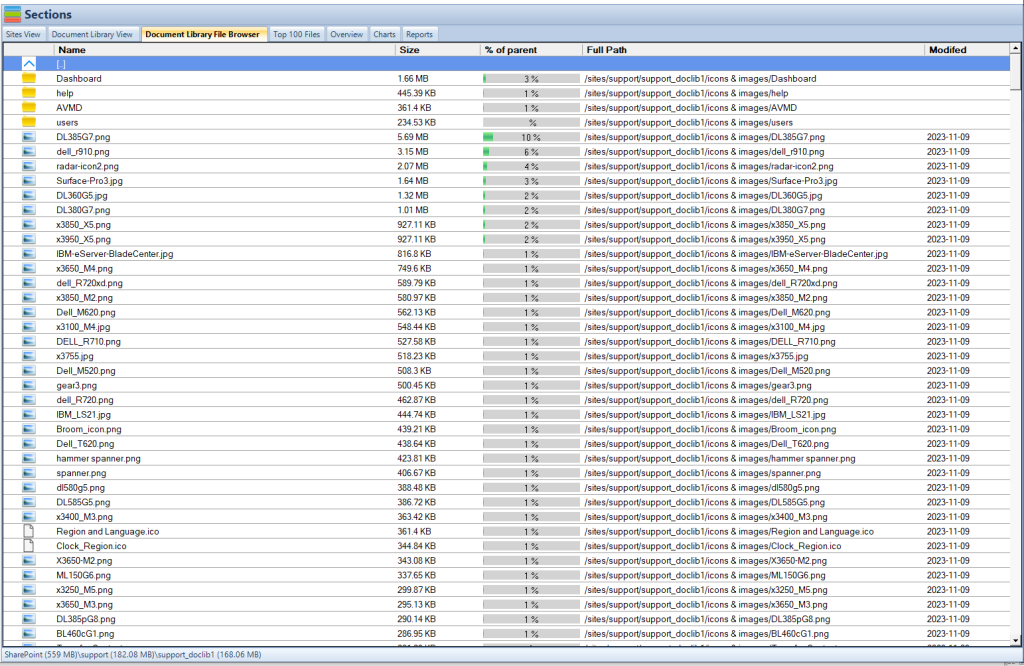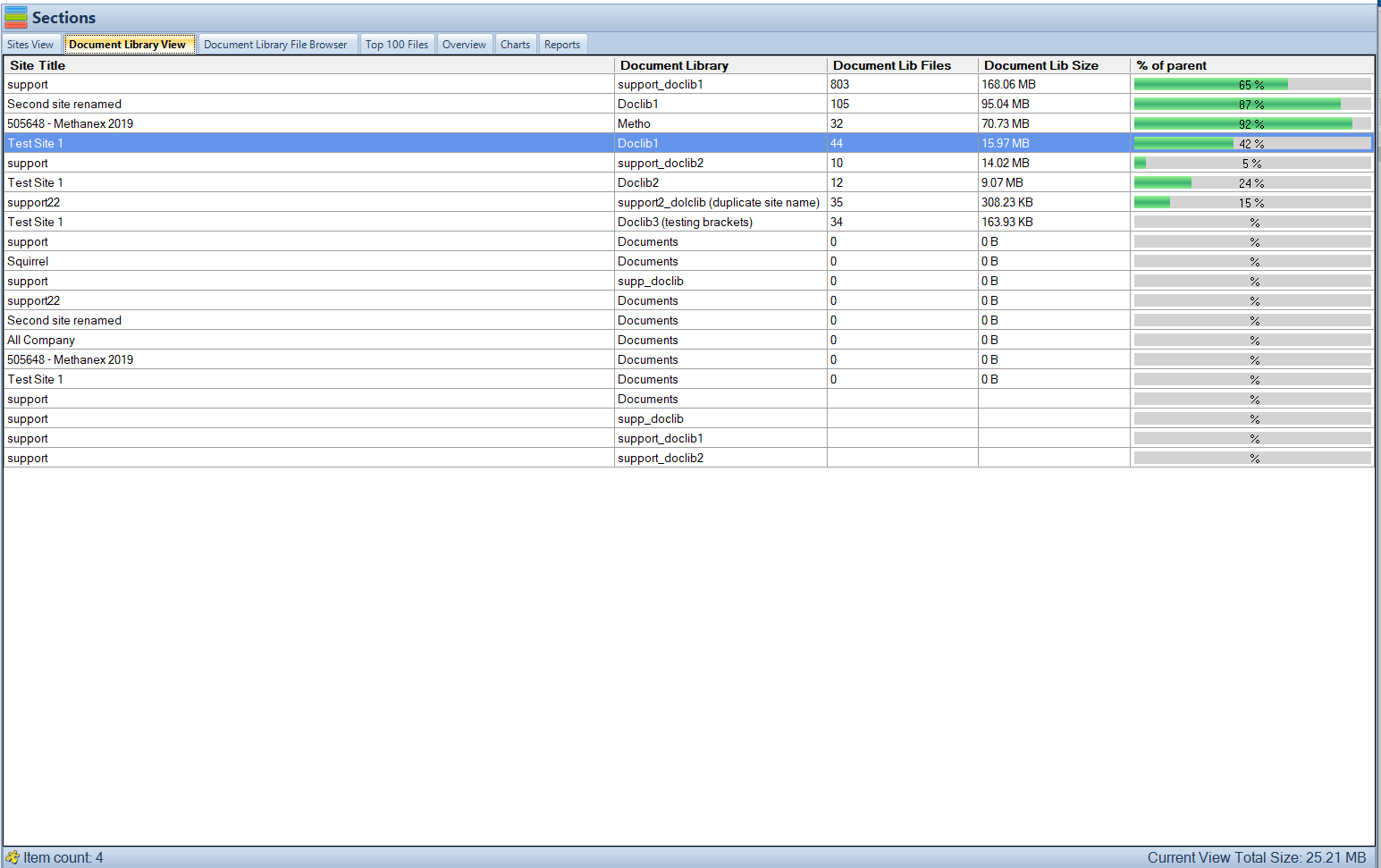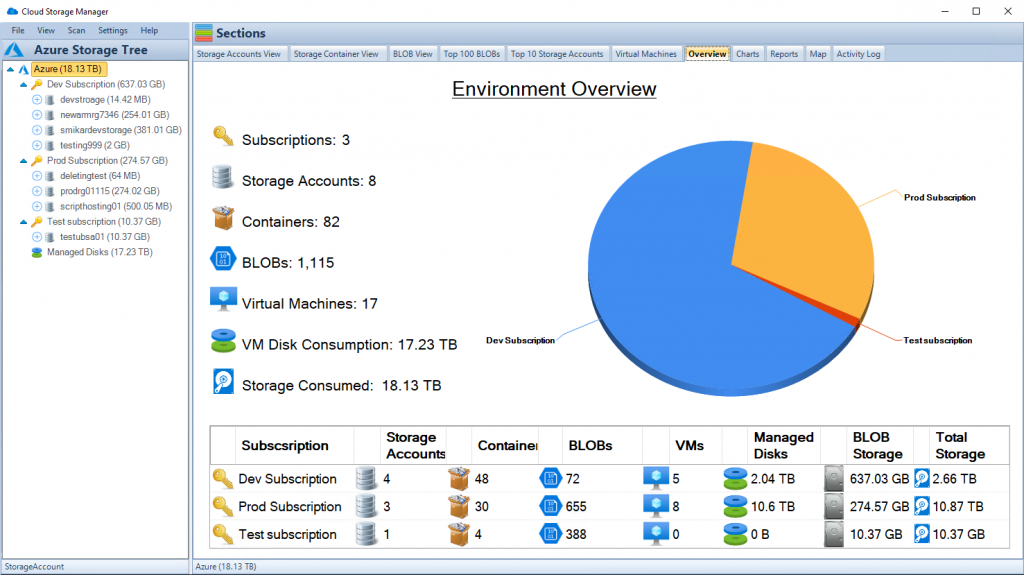
The Advanced Features of SharePoint Online
In the labyrinthine corridors of modern enterprise software, SharePoint Online stands as a beacon of collaboration and efficiency. It’s not just a tool; it’s a multifaceted platform that has been meticulously refined to meet the multifarious demands of today’s businesses. Whether you’re a seasoned SharePoint veteran or a newcomer eager to tap into its potential, the advanced features of SharePoint Online promise a treasure trove of possibilities that can transform the way you work.
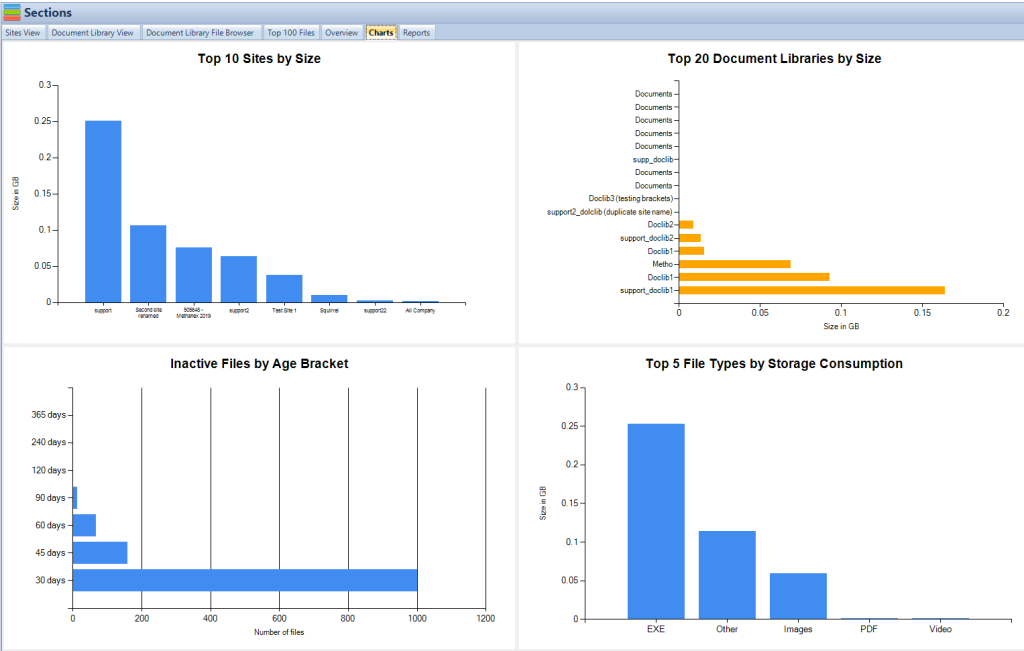
Introduction: The SharePoint Online Panorama
Imagine a world where your digital workspace isn’t just a repository of files but a dynamic ecosystem brimming with intelligence, automation, and deep integration. That’s the realm SharePoint Online offers. It’s a world where data dances gracefully to the tune of your command, where collaboration doesn’t just mean sharing documents, but co-authoring the future in real-time.
Key Takeaways:
- Robust Security: Unleash the power of Azure AD and advanced threat protection for ironclad security.
- Seamless Office 365 Integration: Discover the seamless tapestry woven with Office 365, enhancing productivity and collaboration.
- Document Management Mastery: Control the historical narrative of your documents with superior versioning.
- Cost Management: Navigate the financial aspects of SharePoint Online without sacrificing performance.
- Custom Development: Extend the realm of the possible with the SharePoint Framework (SPFx).
With these pivotal themes setting the stage, let’s embark on a journey to unpack the sophisticated arsenal of features that SharePoint Online brings to your digital doorstep.
SharePoint Storage Explorer
Gain insights in to your SharePoint Online Storage Consumption
Download our completely FREE TOOL
Send download link to:
Fortifying the Fort – Enhanced Security Measures
In this digital age, the security of your data is tantamount to the security of your kingdom. SharePoint Online doesn’t take this lightly. With features that stand guard like sentinels, it ensures that your data is safe from the marauding bands of cyber threats.
The Azure AD Alliance An alliance with Azure AD imbues SharePoint Online with superpowers. It’s like having an elite guard at your gate, with multi-factor authentication and conditional access policies that work tirelessly to ensure that only the right eyes gaze upon your digital treasures.
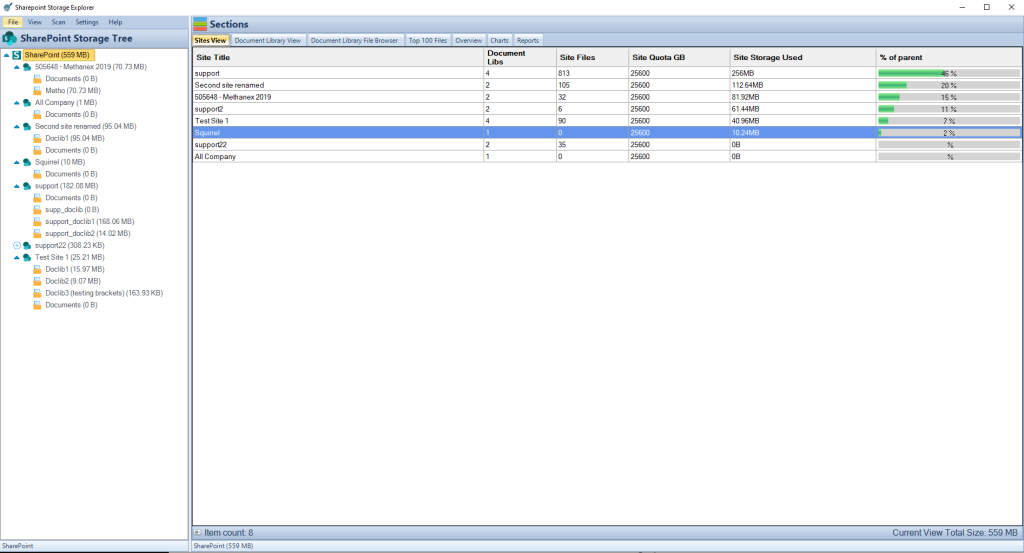
The Office 365 Confluence
Imagine a symphony where each musician is in perfect harmony with the others, and you’ll begin to understand the integration of SharePoint Online with Office 365. It’s a concert of applications where real-time collaboration isn’t just an idea; it’s the reality—a place where documents are living entities, and analytics tell stories that drive business forward.
The SharePoint Evolution To truly appreciate this feature, one must delve into the history of SharePoint—its past, present, and the prospects of its future within the Office 365 suite. This understanding isn’t just academic; it’s practical, guiding users through the labyrinth of the platform’s capabilities.
The Art of Document Management
With SharePoint Online, document management becomes an art. Version control is the paintbrush, and your documents are the canvas. Every stroke, every edit, is a part of a grander design, meticulously captured and preserved in the annals of your digital repository.
Tracking Changes with Precision This isn’t just about tracking who changed what. It’s about understanding the story behind each change, the intent, the purpose. It’s about reverting with a click when the narrative takes an unwanted turn, ensuring that the integrity of your documents is unblemished.
The Economics of SharePoint Online
The finance of SharePoint Online isn’t just a matter of dollars and cents; it’s about optimizing your investment to ensure that every byte of data and every feature you use gives you the best return. It’s about understanding the economy of storage, the currency of collaboration.
Strategic Financial Management Here, we break down the costs, dissecting the storage pricing tiers and strategies to manage them effectively. It’s a masterclass in SharePoint economics, ensuring that your use of the platform is as cost-effective as it is powerful.
Mastering SharePoint Online
Please fill out the form below to get our free Ebook "Mastering SharePoint Online" emailed to you
Send download link to:
Customization at Your Fingertips
Enter the realm of SPFx, where the only limit to what you can create is your imagination. Here, SharePoint Online isn’t just a tool; it’s a canvas, a stage, a sandbox where you can build custom solutions that whisper directly to the unique needs of your business.
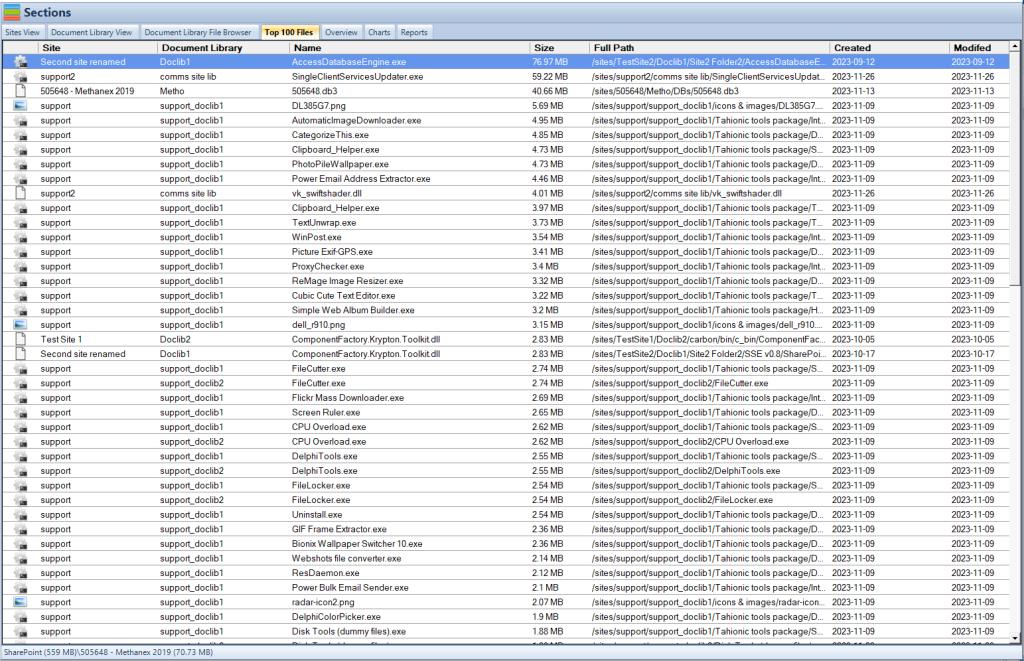
Automation: The Power Automate Integration
Imagine a workplace where mundane tasks are handled by a virtual maestro, orchestrating workflows with precision and intelligence. This is the domain of Power Automate in SharePoint Online, where automation transforms repetitive chores into automated processes, freeing human creativity for higher pursuits.
Workflow Automation: A Symphony of Efficiency Within this section, we’ll illustrate how to harness the power of Power Automate to create custom workflows that streamline operations. From simple notifications to complex multi-step processes, we’ll guide you through creating flows that not only work but also evolve with your organization’s needs.
Navigating the Data Deluge: Large Data Management in SharePoint Online
With ever-increasing data volumes, organizations must employ sophisticated strategies to manage SharePoint Online content effectively.
Effective Data Structuring
Optimal data structuring is achieved through careful planning of metadata schema and content types. Metadata, consisting of data about the files, like author or creation date, allows for powerful sorting, filtering, and searching capabilities that transcend traditional folder hierarchies. Indexing is another critical aspect, where SharePoint Online automatically indexes the first 20,000 items, but beyond that, manual indexing of columns is necessary to maintain performance.
Leveraging Content Types
Content Types encapsulate fields, forms, workflows, and behaviors associated with different kinds of documents. By creating and applying content types, you ensure standardization across different teams and departments. For instance, a “Contract” content type may include metadata fields for the contract date, parties involved, and expiration date, along with associated workflows for review and approval processes.
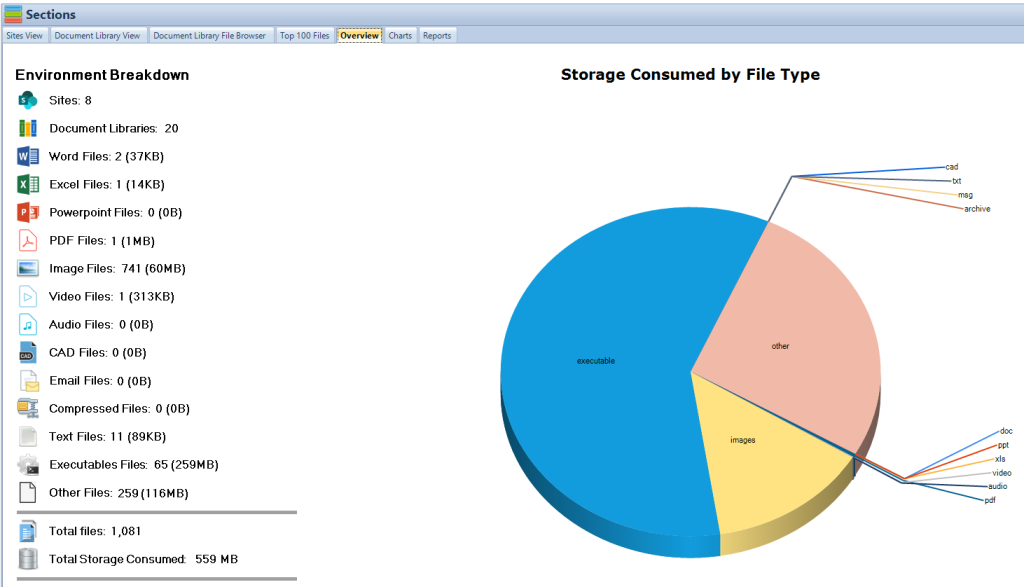
Gleaning Insights: Business Intelligence Tools with SharePoint Online
Business intelligence in SharePoint Online is about turning raw data into meaningful insights that can inform business decisions.
Power BI and SharePoint: A Data Duo
By integrating SharePoint Online with Power BI, users can tap into a rich set of analytics features. You can create reports and dashboards that draw from SharePoint lists and libraries, offering dynamic data visualization. For instance, Power BI can help visualize sales trends from a SharePoint list that tracks customer orders, providing interactive tools to slice and dice the data.
Advanced Analytics in SharePoint
SharePoint Online’s built-in analytics tools provide a comprehensive dashboard of site usage statistics, such as the number of users, activity levels, and content interaction. These insights are crucial for site owners to structure their content effectively and identify focus areas. For instance, if a specific library shows low engagement, it might benefit from better visibility or improved metadata for easier access.
In conjunction with these built-in tools, SharePoint Storage Explorer adds another dimension to your SharePoint analytics and management. Our tool specializes in in-depth storage analysis, offering detailed insights into the size and usage of each document library and site. With SharePoint Storage Explorer, you can identify not only which libraries are underutilized but also understand their storage impact. This information is vital for optimizing storage space and enhancing overall site performance.
For example, SharePoint Storage Explorer can reveal if a low-engagement library is consuming a disproportionate amount of storage or if there are large, outdated files that need attention. By integrating this storage-focused analysis with SharePoint Online’s user interaction metrics, site owners can make more informed decisions. They can restructure content not just based on user engagement but also considering optimal storage practices, leading to a more efficient and cost-effective SharePoint environment.
The Modern Site Experience: Branding and Design in SharePoint Online
The visual and interactive experience of SharePoint Online can significantly impact user engagement and adoption.
Customizing the Look and Feel
SharePoint Online offers extensive branding and customization options. With the modern SharePoint experience, site owners can apply custom themes that align with corporate branding, including logos, color palettes, and font styles. Additionally, the modern experience offers new web parts for embedding content like videos, integrating forms, or showcasing dynamic content.
Responsive Design for All Devices
SharePoint Online’s modern sites are built with a mobile-first approach, ensuring that content is readable and navigable on any device. This includes responsive menus, flexible grid layouts, and touch-friendly interfaces. For organizations, this means that employees can access SharePoint resources while on the go, without the need for zooming or side-scrolling, which is crucial in today’s mobile-centric world.

Conclusion: Embracing the Future with SharePoint Online
As businesses continue to rely on SharePoint Online, they must adapt to and prepare for its evolving landscape.
Preparing for SharePoint Updates
Staying up-to-date with SharePoint Online updates requires an active approach. Organizations should regularly check the Microsoft 365 Message Center and participate in the SharePoint community to learn about upcoming changes. Admins can use the SharePoint Online Management Shell to manage sites, automate tasks, and apply new settings across their tenant.
Encouraging Adoption and Change Management
Driving user adoption involves more than just technical readiness; it requires cultural change within the organization. Successful strategies include creating a network of SharePoint champions within various departments, providing comprehensive training, and gathering regular feedback to improve the platform continuously. It’s also vital to communicate the practical benefits SharePoint brings, such as improved collaboration and information management.
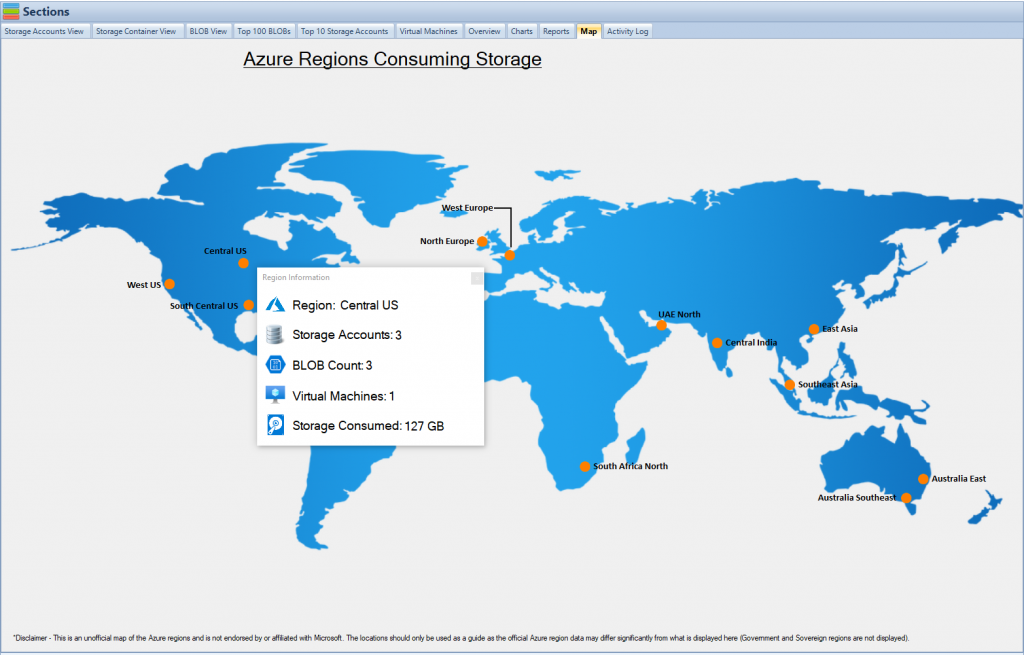
FAQs: Answering Your Advanced SharePoint Online Questions
To wrap up the article, we’ll address some of the most common questions users have about SharePoint Online’s advanced features.
- How does SharePoint Online enhance data security? SharePoint Online enhances data security through features like advanced threat protection, which guards against malware and phishing attempts. Multi-factor authentication adds an extra layer of security before access is granted, while data loss prevention policies help prevent sensitive information from being shared inappropriately. Additionally, eDiscovery capabilities allow for the identification, holding, and analysis of content across SharePoint, which is crucial for compliance and legal cases.
- Can SharePoint Online integrate with other Office 365 applications? Yes, SharePoint Online is designed to integrate seamlessly with the Office 365 suite, including Microsoft Teams for collaboration, OneDrive for individual file storage, and Office applications like Word and Excel for document creation and editing. This integration enables real-time co-authoring, sharing, and communication within the same ecosystem, providing a unified user experience.
- What versioning capabilities does SharePoint Online provide? SharePoint Online’s versioning feature allows you to maintain a history of changes made to documents and lists, providing the ability to view and restore previous versions if needed. It tracks who made changes and when, offering a transparent audit trail. This is particularly useful for regulatory compliance and for maintaining the integrity of documents as they are updated.
- How can I optimize SharePoint Online storage costs? To optimize SharePoint Online storage costs, you should regularly review and clean up unused content, implement retention policies, and utilize external storage solutions when appropriate. Understanding how SharePoint calculates storage usage and taking advantage of the default storage provided before purchasing additional space can also help control costs.
- Is it possible to automate processes in SharePoint Online? Absolutely. SharePoint Online can be integrated with Power Automate to create automated workflows that streamline business processes, from simple tasks like notifications and approvals to complex operational workflows. These automations can help reduce manual workloads and improve efficiency across your organization.
- How does SharePoint Online handle large datasets? SharePoint Online is equipped to handle large datasets with features like large list threshold management, indexed columns, and managed metadata. These features help in organizing and retrieving data efficiently, even when dealing with extensive libraries and lists. Additionally, SharePoint Online offers modern list and library experiences that support quick editing, bulk editing, and easy navigation of large volumes of data.
- Can I use business intelligence tools with SharePoint Online? SharePoint Online can be integrated with business intelligence tools like Power BI to create interactive, data-rich reports and dashboards. You can connect SharePoint lists as data sources, use the insights to drive decisions, and even publish reports directly to SharePoint for broader access within your organization.
- What customization options are available in SharePoint Online? SharePoint Online provides a range of customization options, including the ability to create custom site themes, design page layouts, and develop bespoke web parts with the SharePoint Framework (SPFx). These options allow organizations to tailor their SharePoint environment to align with their branding and functional requirements.
- Are SharePoint Online sites mobile-responsive? SharePoint Online sites are designed to be mobile-responsive, meaning they automatically adjust to provide an optimal viewing experience on different devices, including smartphones and tablets. This responsiveness ensures that users can access SharePoint resources conveniently, regardless of the device they are using.
- How can I prepare for future updates to SharePoint Online? Preparing for future updates in SharePoint Online involves staying informed about Microsoft’s release schedules, participating in the SharePoint community, and possibly joining the Office 365 targeted release program to get early access to new features. Additionally, regular training and adoption of best practices will ensure that your organization can smoothly transition to new updates when they become available.


